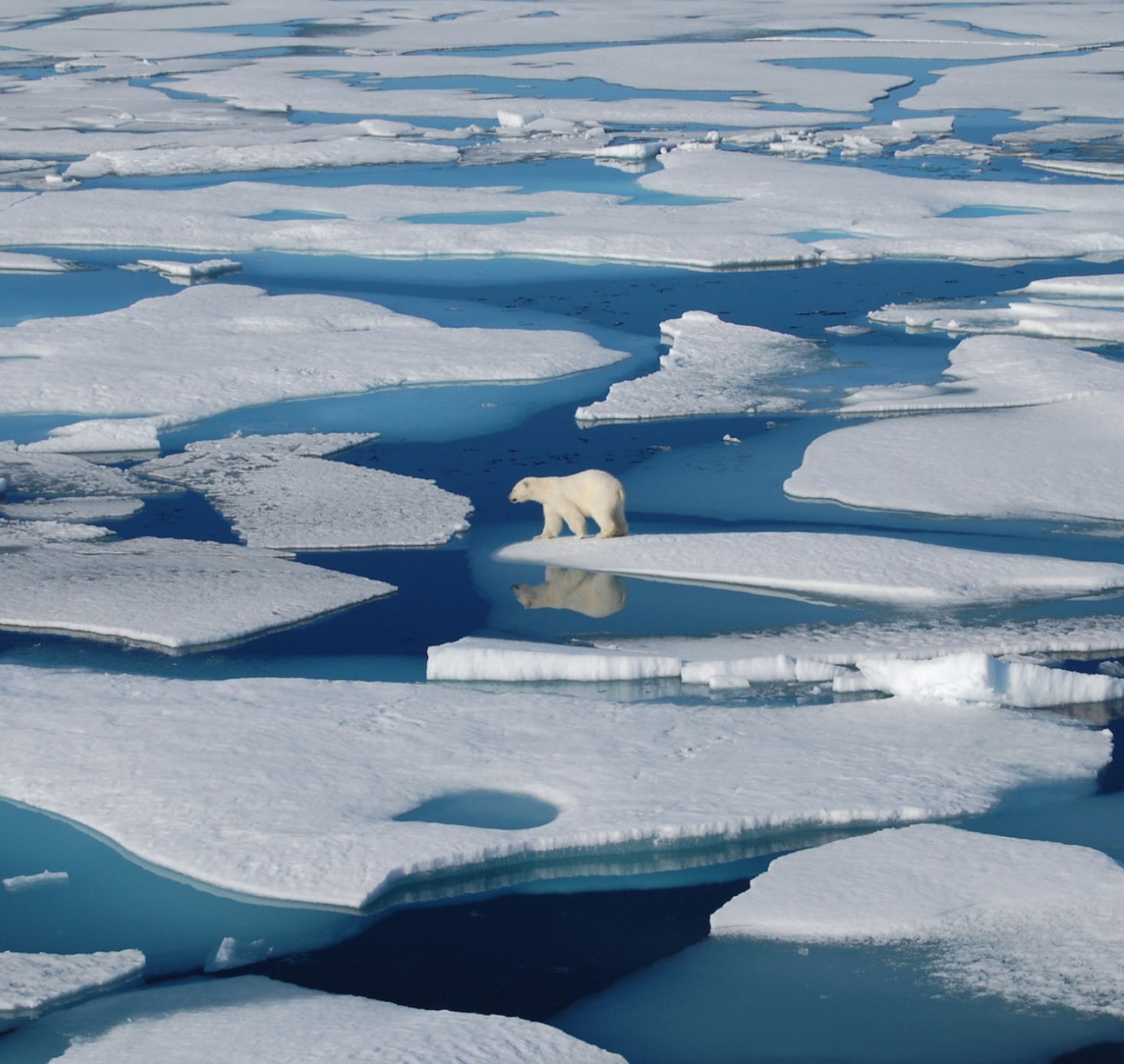
Melting ice
Today, the Arctic is warming twice as fast as anywhere on Earth, and the sea ice there is declining by more than 10% every 10 years. As this ice melts, darker patches of ocean start to emerge, eliminating the effect that previously cooled the poles, creating warmer air temperatures and in turn disrupting normal patterns of ocean circulation.
Rapid glacial melt in Antarctica and Greenland also influences ocean currents, as massive amounts of very cold glacial-melt water entering warmer ocean waters is slowing ocean currents. And as ice on land melts, sea levels will continue to rise. Even if we significantly curb emissions in the coming decades, more than a third of the world’s remaining glaciers will melt before the year 2100. When it comes to sea ice, 95% of the oldest and thickest ice in the Arctic is already gone.
What happens to the ice sheets, glaciers and sea ice across the world impacts all of us, in the form of extreme weather patterns, flooding, drought, and threatens crop yields. The majority of the world’s major cities are coastal, and a 2°C increase in global average temperature could result in a 20-ft eventual sea-level rise, affecting more than 375 million people.


